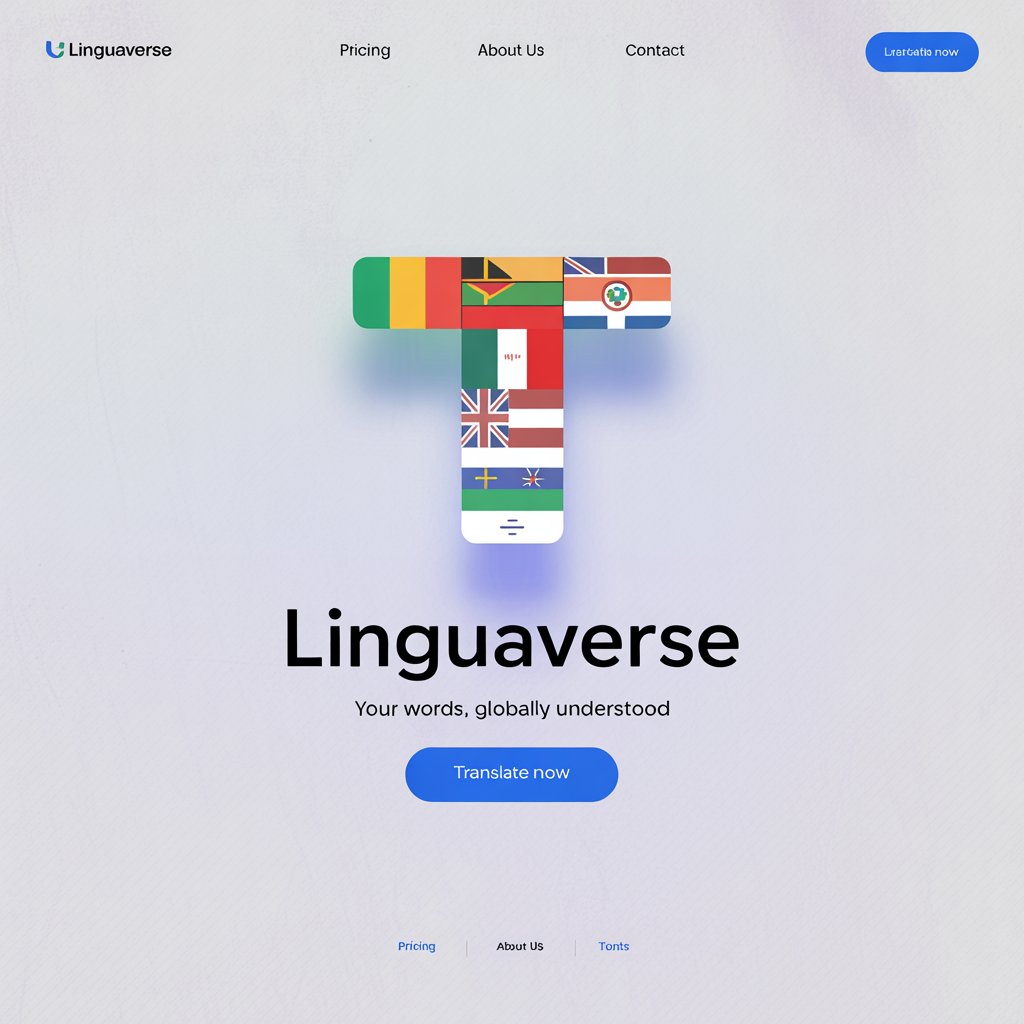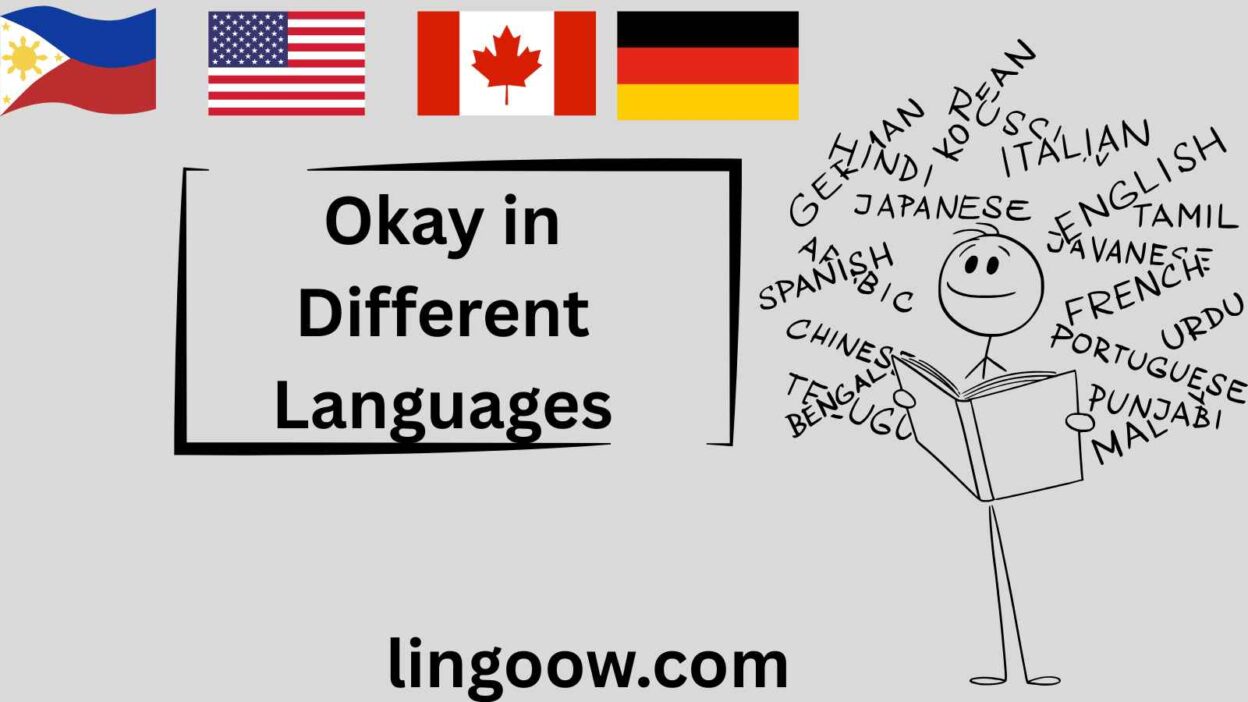Introduction: A Word That Connects Us All
I’ll never forget the first time I heard “okay” in a language I didn’t understand. I was traveling through a bustling market in Morocco, lost in a maze of vibrant stalls, when a shopkeeper flashed a warm smile and said, “Bikhair.” I didn’t speak Arabic, but the nod, the tone, and the reassuring gesture told me everything: it was okay. I was okay. That moment stuck with me, not just because of the kindness, but because it revealed something profound: no matter where we are in the world, we all have a way to say “okay”—a word or phrase that signals agreement, reassurance, or acceptance. It’s a universal thread, weaving through languages and cultures, tying us together in moments of understanding. In this post, we’ll explore how “okay” is expressed across the globe, diving into its linguistic diversity and cultural significance, while celebrating the shared human need for connection and affirmation.
Reference Table: “Okay” in Different Languages
Below is a table showcasing how “okay” is expressed in 15 languages, with brief insights into their cultural or linguistic significance.
| Language | Word/Phrase | Cultural/Linguistic Insight |
|---|---|---|
| English | Okay | Derived from “O.K.,” possibly from the 1830s American slang or Choctaw “okeh” meaning “it is.” |
| Spanish | Vale | Common in Spain, conveys agreement with a casual, friendly tone. |
| French | D’accord | Literally “of agreement,” used formally and informally to confirm or consent. |
| German | Okay/In Ordnung | “Okay” is widely used; “In Ordnung” is more formal, meaning “in order.” |
| Italian | Va bene | Means “it’s good,” used warmly to express agreement or satisfaction. |
| Mandarin | Hǎo | Literally “good,” used to affirm or agree, often with a nod for emphasis. |
| Hindi | Theek hai | Means “it’s fine,” used in everyday conversation with a reassuring tone. |
| Japanese | Daijoubu | Conveys “all is well,” often used to reassure or confirm safety. |
| Korean | Gwaenchana | Means “it’s alright,” often used to comfort or dismiss concerns. |
| Arabic | Bikhair | Means “with good,” used to reassure or confirm well-being across Arab cultures. |
| Swahili | Sawa | Means “equal” or “fine,” widely used in East Africa for agreement or completion. |
| Zulu | Kulungile | Means “it’s right,” used to affirm or agree, often with a sense of harmony. |
| Yoruba | O dá | Means “it’s good,” used in Nigeria to express approval or satisfaction. |
| Maori | Pai | Means “good,” used in New Zealand to express agreement or contentment. |
| Hawaiian | Maika’i | Means “good” or “fine,” often used to reassure with aloha spirit. |
European Languages: A Tapestry of Agreement
In Europe, the concept of “okay” takes on various flavors, reflecting the continent’s rich linguistic and cultural diversity. In Spanish, “vale” is a versatile word, especially in Spain, where it’s tossed around casually in conversations to mean “alright” or “sure.” It’s the verbal equivalent of a friendly nod, often paired with a smile. In French, “d’accord” carries a sense of formal agreement but softens in casual settings, like when friends confirm plans over coffee. The Italian “va bene” is warm and melodic, used to say “everything’s good” with an emotional openness that mirrors Italy’s expressive culture. In German, while “okay” has been adopted into everyday speech, “in Ordnung” is a more traditional choice, reflecting a cultural emphasis on order and clarity. Across these languages, “okay” is more than agreement—it’s a bridge to connection, shaped by each culture’s unique way of expressing harmony.
Asian Languages: Diverse Expressions of Reassurance
Asia’s vast linguistic landscape offers a fascinating array of ways to say “okay.” In Mandarin, “hǎo” is a simple yet powerful word meaning “good,” used to confirm plans or reassure someone with a calm nod. In Hindi, “theek hai” is ubiquitous in India, carrying a laid-back vibe that says, “It’s all good.” Japanese “daijoubu” is deeply emotional, often used to check on someone’s well-being or to confirm that all is well, reflecting Japan’s culture of care and consideration. In Korean, “gwaenchana” is a comforting phrase, used to dismiss worries or reassure a friend, often with a gentle tone that resonates in K-dramas. In Arabic, spoken across over 20 countries like Egypt, Saudi Arabia, and Morocco, “bikhair” is a versatile term meaning “with good,” used to confirm safety or agreement. From the bustling streets of Mumbai to the serene temples of Kyoto, these words reflect Asia’s diverse ways of fostering trust and understanding.
African Languages: Harmony in Expression
Africa’s linguistic diversity shines through in how “okay” is expressed across its many cultures. In Swahili, spoken in over 20 countries like Kenya, Tanzania, and Uganda, “sawa” is a go-to word meaning “fine” or “equal.” It’s used to signal agreement or completion, often with a sense of communal harmony. In Zulu, spoken in South Africa, “kulungile” means “it’s right,” carrying a tone of resolution and balance that aligns with Zulu values of ubuntu, or shared humanity. Yoruba, widely spoken in Nigeria, uses “o dá” to mean “it’s good,” often said with warmth to approve or reassure. These expressions, rooted in Africa’s rich oral traditions, reflect a deep cultural emphasis on community, agreement, and mutual respect, making “okay” a powerful tool for connection.
Indigenous & Island Languages: Voices of Tradition
Indigenous and island languages offer unique perspectives on “okay,” often tied to cultural values of balance and community. In Maori, spoken in New Zealand, “pai” means “good” and is used to express agreement or satisfaction, often with a nod to Maori respect for harmony with nature. Hawaiian “maika’i” carries the aloha spirit, meaning “good” or “fine,” and is used to reassure or confirm with warmth. In Cherokee, spoken in parts of the United States, “tohi” means “at peace” or “okay,” reflecting a cultural emphasis on balance and well-being. Samoan, used in Samoa and American Samoa, employs “lelei” to mean “good,” often said with a sense of communal goodwill. Across over 20 indigenous and island cultures, from the Navajo Nation to the islands of Vanuatu, these words embody a deep respect for connection, often tied to ancestral traditions and the land.
Cultural Insights: The Evolution of “Okay”
The word “okay” has a surprisingly complex history. In English, it likely originated in the 1830s United States, possibly from the Choctaw word “okeh” meaning “it is,” or as an abbreviation of “oll korrect,” a humorous misspelling popular at the time. Its global spread reflects the influence of American culture, but each language has adapted it to fit its own phonetic and cultural context. In many cultures, the concept of “okay” is tied to deeper values: in Japan, “daijoubu” reflects a societal focus on emotional reassurance; in Swahili-speaking regions, “sawa” aligns with ideals of equality and fairness. Historically, expressions of agreement or reassurance often emerged in religious or communal contexts, like Arabic “bikhair” rooted in Islamic greetings of peace. Over time, these words have become linguistic bridges, carrying universal meaning while retaining cultural uniqueness.
Proverbs and Sayings: Wisdom in “Okay”
Across cultures, proverbs and sayings about agreement or reassurance often echo the spirit of “okay.” Here are a few:
- Spanish: “Todo está en orden” – “Everything is in order,” reflecting a cultural value of harmony.
- Japanese: “Daijoubu, sore wa shizen ni naru” – “It’s okay, things will naturally fall into place,” emphasizing trust in the flow of life.
- Swahili: “Sawa sawa, maisha yanaendelea” – “All is well, life goes on,” a reminder of resilience in East African cultures.
- Maori: “Kia pai te noho” – “Live well,” a saying that ties agreement to living in balance with others and nature.
- Arabic: “Inna ma’a al-usri yusran” – “With hardship comes ease,” a Quranic phrase often used to reassure, akin to “it’ll be okay.”
These sayings show how “okay” is more than a word—it’s a philosophy of acceptance and hope woven into cultural wisdom.
FAQs: Common Questions About “Okay”
Why does “okay” sound similar in many languages?
The English word “okay” has been borrowed globally due to cultural exchange, especially through media and globalization. However, native equivalents like “vale” or “hǎo” predate this borrowing and reflect similar phonetic simplicity for agreement.
What’s the oldest known usage of “okay”?
The earliest documented use of “okay” in English dates to the 1830s in American newspapers, possibly from Choctaw “okeh” or slang “oll korrect.” Other languages have older equivalents, like Arabic “bikhair,” rooted in centuries-old greetings.
How do cultural differences affect the expression of “okay”?
In collectivist cultures like Japan or Swahili-speaking regions, “okay” often carries a communal or reassuring tone, while in individualistic cultures like the U.S., it’s more about quick agreement. Tone, context, and gestures also shape its meaning.
Conclusion: The Universal Power of “Okay”
From the bustling markets of Morocco to the serene shores of Hawaii, the word “okay” and its equivalents carry a universal promise: everything will be alright. Whether it’s “vale” in Spain, “daijoubu” in Japan, or “sawa” in Kenya, these words are more than linguistic tools—they’re emotional anchors, offering reassurance and agreement across cultures. They remind us that, despite our differences, we share a deep human desire to connect, to affirm, and to find peace in the moment. What’s your favorite way to say “okay”? Share your language, your story, or how this simple word has touched your life in the comments below—let’s celebrate the beauty of our shared humanity!




